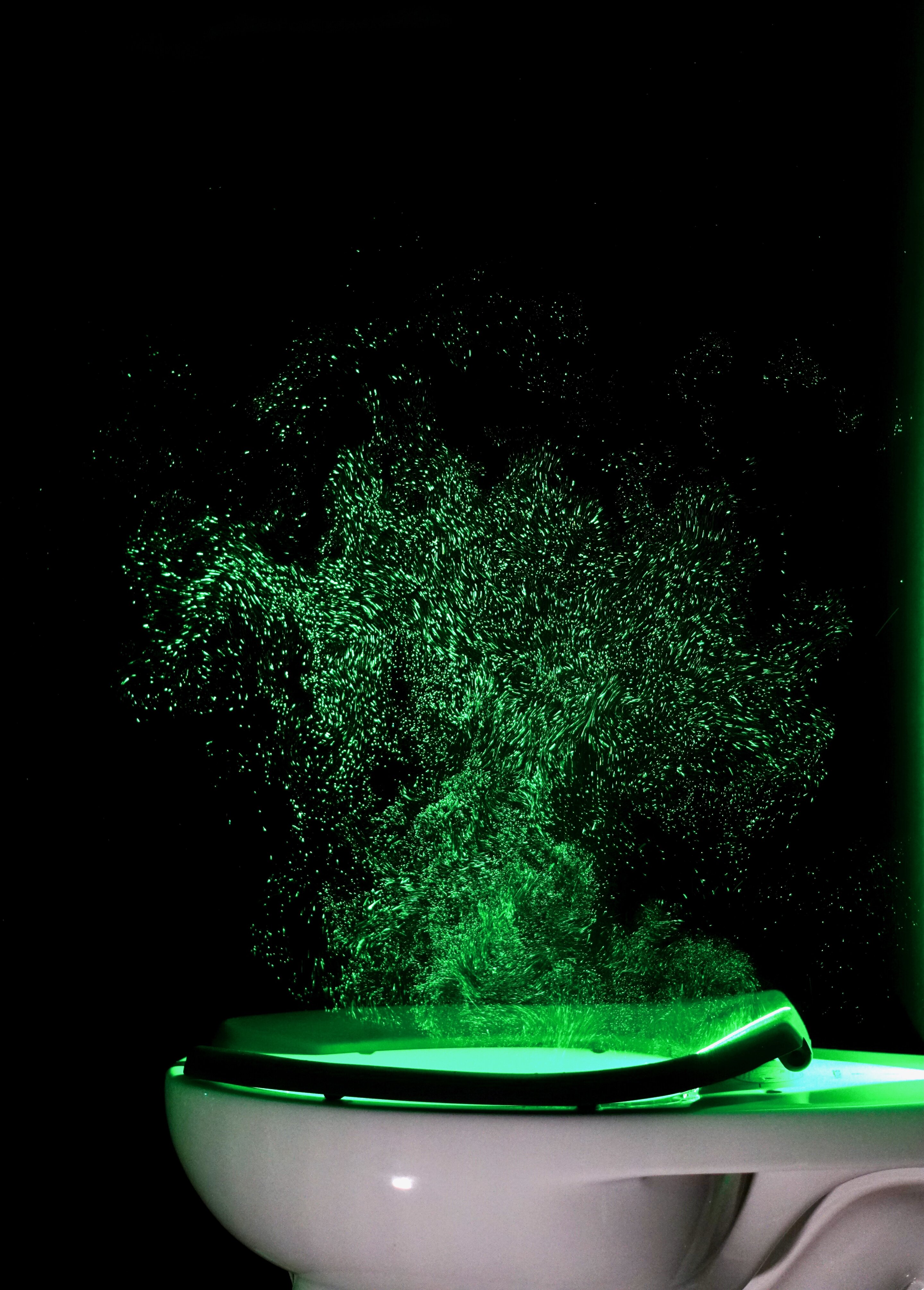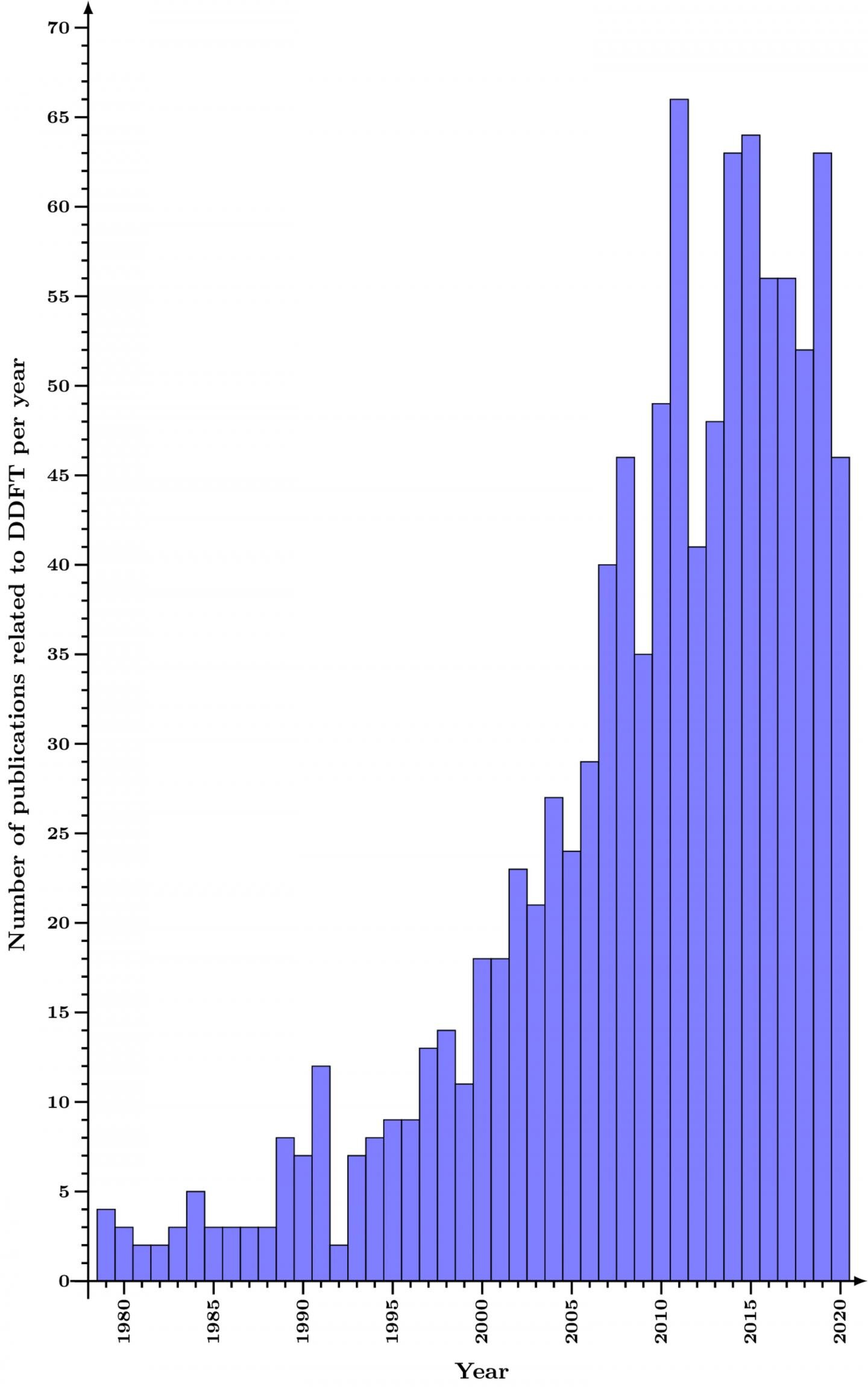#Spin-galvanic effect in graphene with topological topping demonstrated
“#Spin-galvanic effect in graphene with topological topping demonstrated”

Researchers at Chalmers University of Technology, Sweden, have demonstrated the spin-galvanic effect, which allows for the conversion of non-equilibrium spin density into a charge current. Here, by combining graphene with a topological insulator, the authors realize a gate-tunable spin-galvanic effect at room temperature. The findings were published in the scientific journal Nature Communications.
“We believe that this experimental realization will attract a lot of scientific attention and put topological insulators and graphene on the map for applications in spintronic and quantum technologies,” says Associate Professor Saroj Prasad Dash, who leads the research group at the Quantum Device Physics Laboratory (QDP), the Department of Microtechnology and Nanoscience—MC2.
Graphene, a single layer of carbon atoms, has extraordinary electronic and spin transport properties. However, electrons in this material experience low interaction of their spin and orbital angular moments, called spin-orbit coupling, which does not allow to achieve tunable spintronic functionality in pristine graphene. On the other hand, unique electronic spin textures and the spin-momentum locking phenomenon in topological insulators are promising for emerging spin-orbit driven spintronics and quantum technologies. However, the utilization of topological insulators poses several challenges related to their lack of electrical gate-tunability, interference from trivial bulk states, and destruction of topological properties at heterostructure interfaces.
“Here, we address some of these challenges by integrating two-dimensional graphene with a three-dimensional topological insulator in van der Waals heterostructures to take advantage of their remarkable spintronic properties and engineer a proximity-induced spin-galvanic effect at room temperature,” says Dmitrii Khokhriakov, Ph.D. Student at QDP, and first author of the article.
Since graphene is atomically thin, its properties can be drastically changed when other functional materials are brought in contact with it, which is known as the proximity effect. Therefore, graphene-based heterostructures are an exciting device concept since they exhibit strong gate-tunability of proximity effects arising from its hybridization with other functional materials. Previously, combining graphene with topological insulators in van der Waals heterostructures, the researchers have shown that a strong proximity-induced spin-orbit coupling could be induced, which is expected to produce a Rashba spin-splitting in the graphene bands. As a consequence, the proximitized graphene is expected to host the spin-galvanic effect, with the anticipated gate-tunability of its magnitude and sign. However, this phenomenon has not been observed in these heterostructures previously.
“To realize this spin-galvanic effect, we developed a special Hall-bar-like device of graphene-topological insulator heterostructures,” says Dmitrii Khokhriakov.
The devices were nanofabricated in the state-of-the-art cleanroom at MC2 and measured at the Quantum Device Physics Laboratory. The novel device concept allowed the researchers to perform complementary measurements in various configurations via spin switch and Hanle spin precession experiments, giving an unambiguous evidence of the spin-galvanic effect at room temperature.
“Moreover, we were able to demonstrate a strong tunability and a sign change of the spin galvanic effect by the gate electric field, which makes such heterostructures promising for the realization of all-electrical and gate-tunable spintronic devices,” concludes Saroj Prasad Dash.
More information:
Dmitrii Khokhriakov et al. Gate-tunable spin-galvanic effect in graphene-topological insulator van der Waals heterostructures at room temperature, Nature Communications (2020). DOI: 10.1038/s41467-020-17481-1
Spin-galvanic effect in graphene with topological topping demonstrated (2020, September 2)
retrieved 2 September 2020
from https://phys.org/news/2020-09-spin-galvanic-effect-graphene-topological-topping.html
This document is subject to copyright. Apart from any fair dealing for the purpose of private study or research, no
part may be reproduced without the written permission. The content is provided for information purposes only.
If you want to read more Like this articles, you can visit our Science category.
if you want to watch Movies or Tv Shows go to Dizi.BuradaBiliyorum.Com for forums sites go to Forum.BuradaBiliyorum.Com



